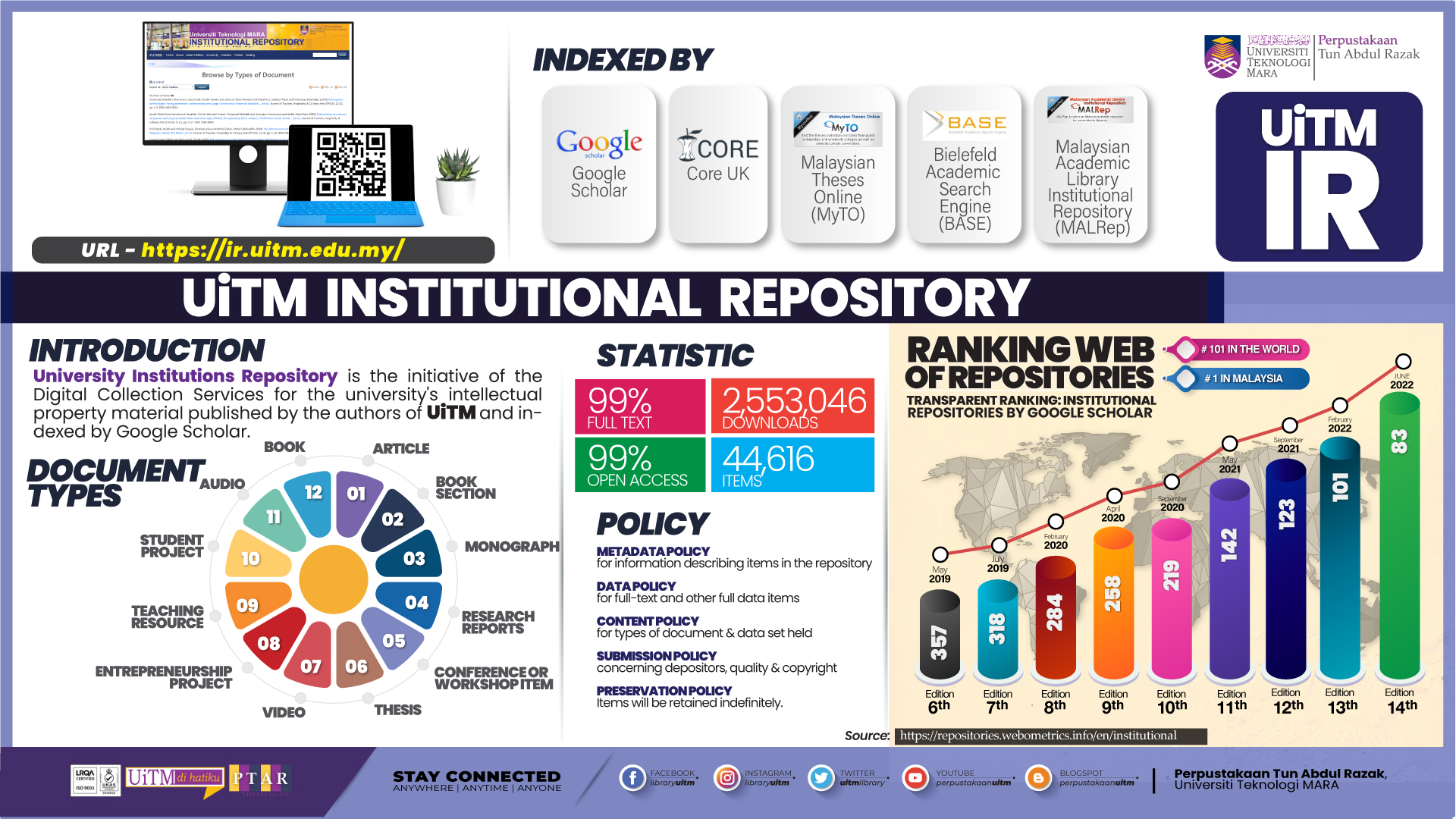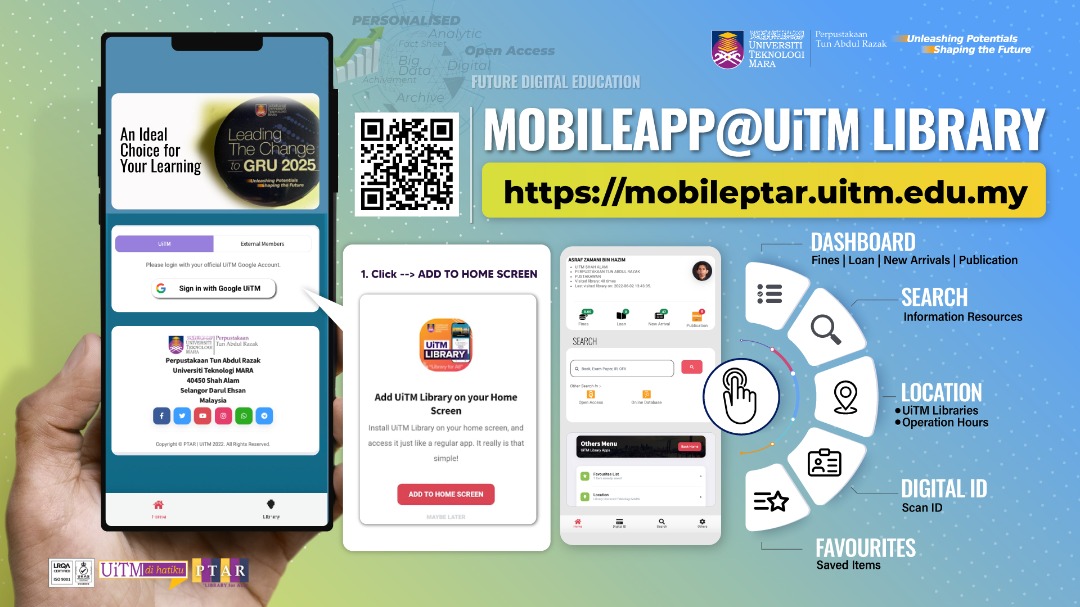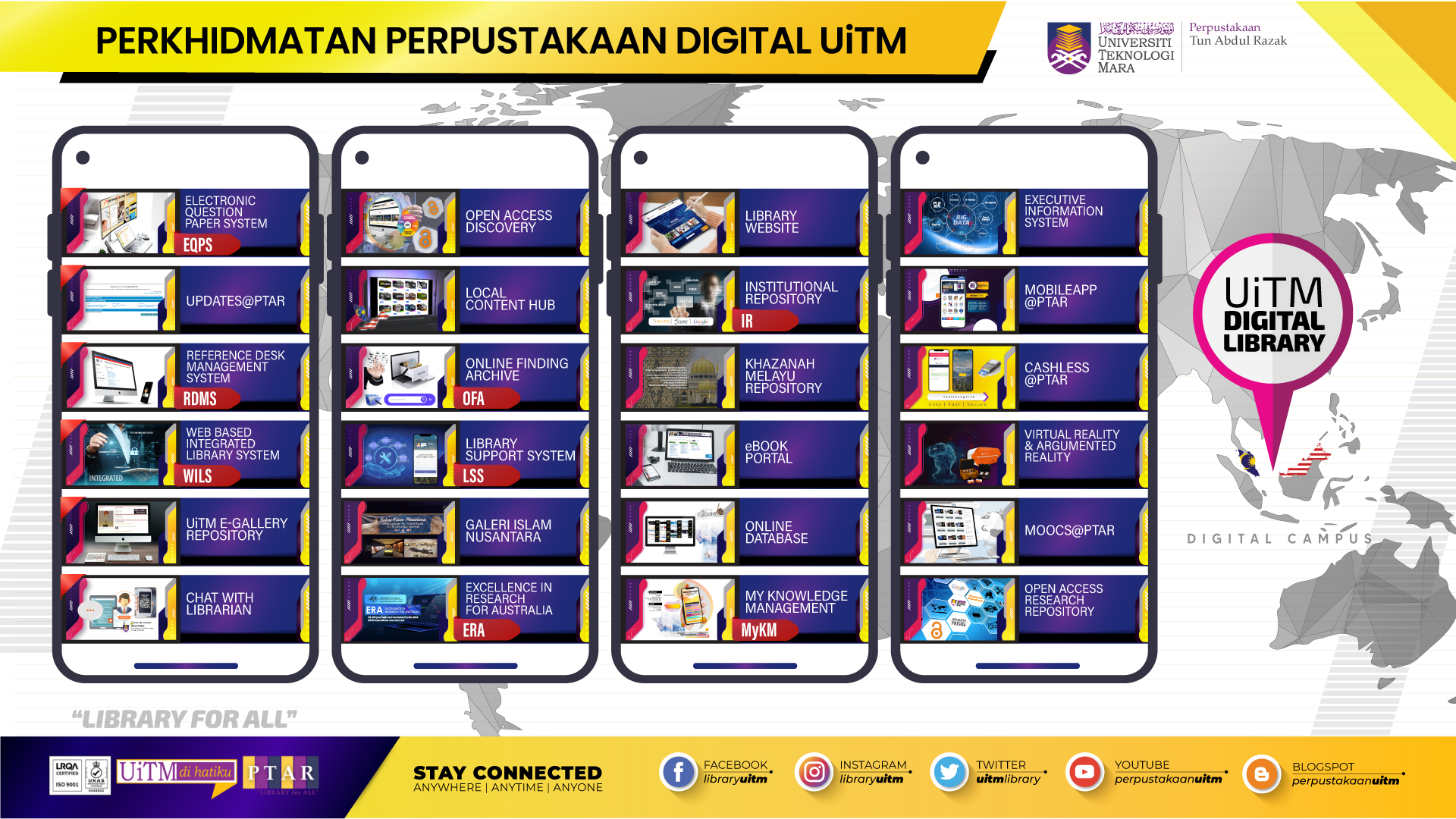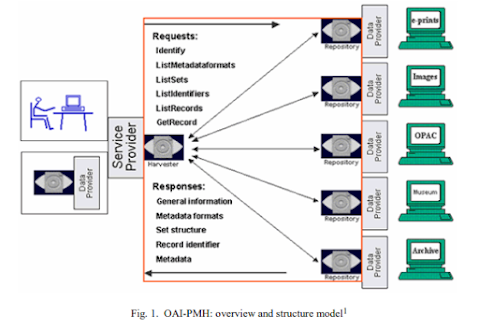QR stands for "Quick Response."
While they may look simple, QR codes are capable of storing lots of data. But no matter how much they contain, when scanned, the QR code should allow the user to access information instantly – hence why it’s called a Quick Response code.
What are QR codes?
A QR code is a type of barcode that can be read easily by a digital device and which stores information as a series of pixels in a square-shaped grid. QR codes are frequently used to track information about products in a supply chain and – because many smartphones have built-in QR readers – they are often used in marketing and advertising campaigns. More recently, they have played a key role in helping to trace coronavirus exposure and slow the spread of the virus.
The first QR code system was invented in 1994 by the Japanese company Denso Wave, a Toyota subsidiary. They needed a more accurate way to track vehicles and parts during the manufacturing process. To achieve this, they developed a type of barcode that could encode kanji, kana, and alphanumeric characters.
Standard barcodes can only be read in one direction – top to bottom. That means they can only store a small amount of information, usually in an alphanumeric format. But a QR code is read in two directions – top to bottom and right to left. This allows it to house significantly more data.
The data stored in a QR code can include website URLs, phone numbers, or up to 4,000 characters of text. QR codes can also be used to:
Link directly to download an app on the Apple App Store or Google Play.
Authenticate online accounts and verify login details.
Access Wi-Fi by storing encryption details such as SSID, password, and encryption type.
Send and receive payment information.
And much more – a company in the UK called QR Memories even creates QR codes for use on gravestones, allowing people to scan the code to read more about that deceased person’s life (if they have an obituary or news story relating to them online).
The development team behind the QR code wanted to make the code easy to scan so that operatives did not waste time getting it at the right angle. They also wanted it to have a distinctive design to make it easy to identify. This led them to choose the iconic square shape that is still used today.
Denso Wave made their QR code publicly available and declared they would not exercise their patent rights. This meant anyone could make and use QR codes.
Initial uptake of the idea was slow; however, in 2002, the first mobile phones containing built-in QR readers were marketed in Japan. The use of smartphones led to an increase in the number of companies using QR codes.
In 2020, Denso Wave continued to improve on their original design. Their new QR codes include traceability, brand protection, and anti-forgery measures. There are many new uses for the QR code, from transferring payments to determining objects' positions within augmented reality.



























